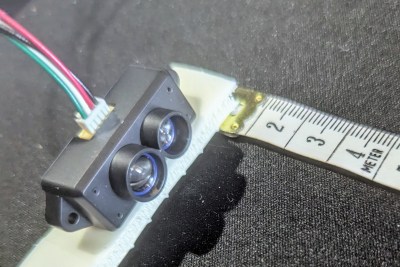These days, turn-by-turn GPS navigation isn’t considered special anymore. It’s in every smartphone and most cheap rental cars, and thus everybody expects you to figure out where you’re going. If you want a simpler and less robust navigation experience, you might like to try the rather fancy RadioScout.
The RadioScout is a build from [hardlyhumanfx]—a group of engineers and artists that collaborate on fun and whimsical projects. It looks like some kind of steampunk compass, and it kind of is—but at heart, it’s powered by GPS.
You program the RadioScout using the buttons on the front panel and a rotary phone dial to enter the latitude and longitude of your destination. It then uses an internal GPS receiver to compare that with your current location, and calculates a direct bearing to where you want to go. This bearing is displayed with a large compass-like needle run by a stepper motor, and you you can use it to guide yourself onwards.
It’s an attractive build that uses lots of neat parts. The team interfaced a microcontroller with a GPS receiver, a rotary dial, and 7-segment LEDs for the latitude and longitude display. The very real bell is neat, too. The whole thing is wrapped up in a brass and wooden case that would make you a star at just about any sci-fi convention. The build video is a little vague on the finer details, but experienced makers will be able to figure out how it all works.
You can actually buy a RadioScout if it’s something you must have, but one suspects the Hackaday set would probably prefer the homebrew route.
Continue reading “Antique-Style GPS Looks Like Steampunky Fun”



















